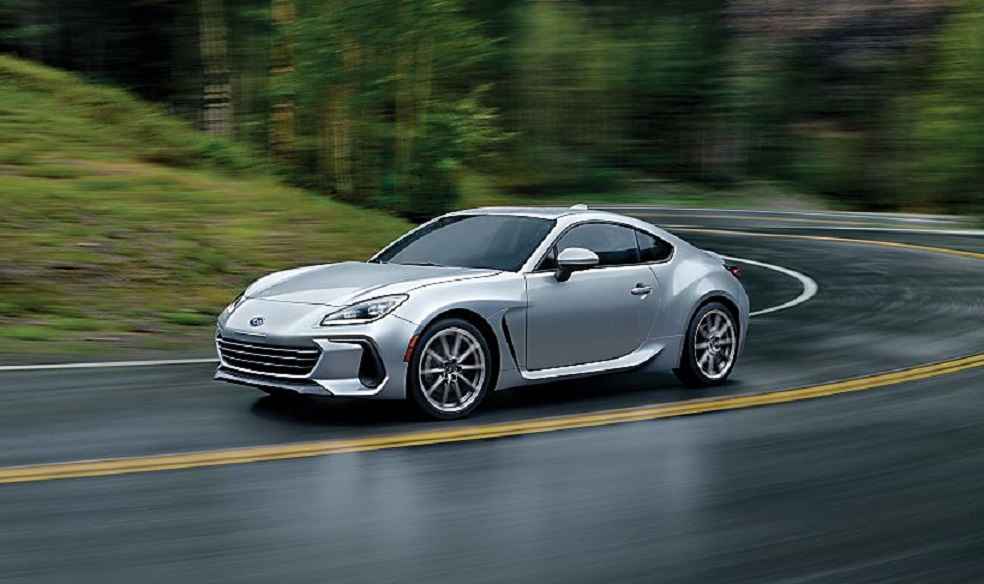The automotive world continuously evolves, with manufacturers blending traditional driving experiences and modern technological advancements. Subaru’s latest offering, the 2025 Subaru BRZ, exemplifies this balance, particularly in its home market of Japan. The new model introduces several updates that promise to enhance the driving experience while maintaining core attributes enthusiasts cherish.
A standout addition to the 2025 Subaru BRZ is the sport button available on manual models. This feature enhances throttle response, providing a more engaging driving experience for manual transmission aficionados. Subaru has fine-tuned the Active Sound Control system to produce a more prominent artificial engine noise in sports mode.
In line with its cousin, the Toyota GR86, the Subaru BRZ features retuned shock absorbers and a recalibrated power steering system. The allowable RPM range during manual downshifting has increased for the optional six-speed automatic transmission. These enhancements improve handling and driving dynamics, ensuring the BRZ remains competitive in its segment.

Aisin Corporation, a member of the Toyota Group, supplies both the six-speed manual and the optional automatic transmissions. Other updates for the 2025 model include a new turn signal stalk and daytime running lights, except on the track-focused Cup Car Basic variant.
Set to debut publicly at the Fuji Speedway on July 14, the 2025 Subaru BRZ anticipates sales of approximately 300 units per month in Japan. The model lineup includes the manual-only Cup Car Basic and three additional trims: R, S, and STI Sport. Prices start at 3,322,000 yen for the R trim with a manual transmission, roughly $21,045. The STI Sport, the most premium variant, is priced at 3,817,000 yen, about $24,165. These prices reflect the BRZ’s competitive positioning in Japan, where it remains more affordable than the US market’s starting price of $30,195 for the 2024 model.
Weighing 1,290 kilograms (2,844 pounds), the Cup Car Basic is slightly heavier than the manual R trim, which weighs 1,260 kilograms (2,778 pounds). This weight difference arises from the Cup Car Basic’s additional features, such as a roll cage, engine oil cooler, and air fins for the rear differential.

Comparatively, the Mazda Roadster (known as the MX-5 Miata in the US) remains lighter, with the Japanese version featuring a 1.5-liter I4 engine and weighing 1,010 kilograms (2,227 pounds). The Roadster’s Skyactiv engine produces 136 ps (134 horsepower) and 152 Nm (112 pound-feet) of torque. Contrastingly, the BRZ’s 2.4-liter naturally aspirated boxer engine delivers 235 ps (232 horsepower) and 250 Nm (184 pound-feet) of torque, highlighting the BRZ’s performance advantage.
The 2025 Subaru BRZ’s updates reflect broader trends in the automotive industry, where manufacturers blend performance with technological advancements. Introducing features like the sport button and enhanced sound control system signals a shift towards creating more immersive and customizable driving experiences.
The debate over artificial engine noises underscores a divide among enthusiasts. Some appreciate the enhanced auditory experience, while others prefer the authenticity of natural engine sounds.
NEW LAUNCH | Haval Dargo Debuts in Uzbekistan, Expands Great Wall Motor’s Global Reach





